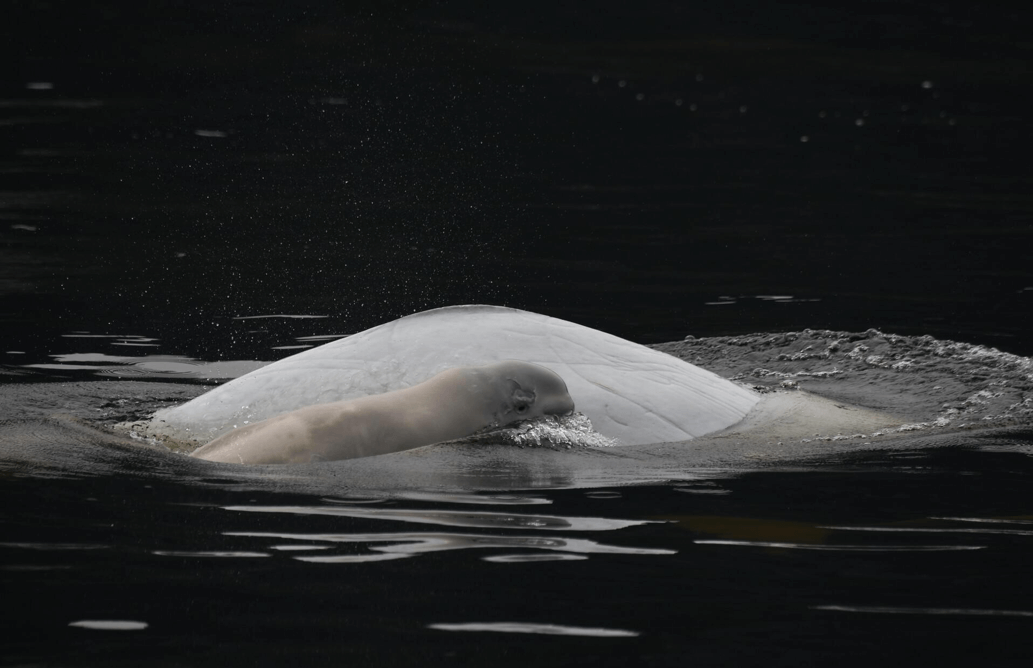
The Mériscope team is excited. This is the beginning of the second season of a biopsy sampling campaign in the Marine Park and the St. Lawrence Estuary, or as far as minke whales will take the field team. These biopsies will allow us to learn more about the accumulation and effects of halogenated flame retardants (HFR) in beluga and minke whales in the St. Lawrence.
Flame retardants
Flame retardants, as their name suggests, are added to many consumer products to retard their flammability and thereby reduce the risk of fire. They are added to many materials and can be found in numerous products: upholstered furniture, textiles, polyurethane foams, carpets, automobile or aircraft seats, electronic components, plastics, etc. However, HFRs are not chemically bonded to these materials and may be released into the environment.
Polybrominated diphenyl ethers (PBDEs) are one of the families of HFRs that has been the most widely used in North America since the 1970s. PBDEs accumulate throughout the food chain and can be found in very high concentrations in marine mammals in the St. Lawrence, notably in belugas, which are year-round residents of the river. Several scientific studies have demonstrated that PBDEs in animal species could have an impact on the hormone system, growth, reproduction, behaviour and development.
The use of PBDEs was recently banned in Canada. Initiated in 2006, this regulatory process has led to the production and use by the chemical industry of substitute products known as “emerging” flame retardants. Very little information is available on the quantities used, accumulation in the environment and especially the toxicity of these new contaminants.
Biopsy campaign in the St. Lawrence
The biopsy campaign, which began on July 5 and will last until early October, is conducted as part of the research project of Anthony Simond, PhD student in biology at the Université du Québec à Montréal (UQAM), directed by Jonathan Verreault of UQAM’s Research Laboratory In Environmental Toxicology (TOXEN) and Magali Houde of Environment and Climate Change Canada. Dany Zbinden welcomes Antoine aboard Mériscope’s Zodiacs to take biopsies from minke whales. This sampling technique provides researchers with valuable samples while having minimal impact on the health and stress levels of the animals, which subsequently scar quickly. The Group for Research and Education on Marine Mammals (GREMM) also participates in the project by taking skin and fat biopsies from St. Lawrence belugas. The samples collected by Mériscope and the GREMM will later be used to study the effects of HFRs on the health of these populations.

Some preliminary results
Thanks to the collaboration of Véronique Lesage (Fisheries and Oceans Canada), skin and fat samples from minke and beluga whales washed up on the shores of the St. Lawrence and Arctic Quebec (Nunavik) have already been analyzed. Initially, multiple PBDEs and six emerging HFRs were detected in these individuals. Overall, the belugas of the St. Lawrence were the most contaminated.
Hopefully, findings from this research will help influence policy makers on the management of chemical pollutants and the measures to take in order to protect our St. Lawrence.
For more information on this research project, you can view Antoine’s video “My PhD for Dummies” (in French), produced as part of the Chapitre Saint-Laurent’s 2016 popular science contest:





